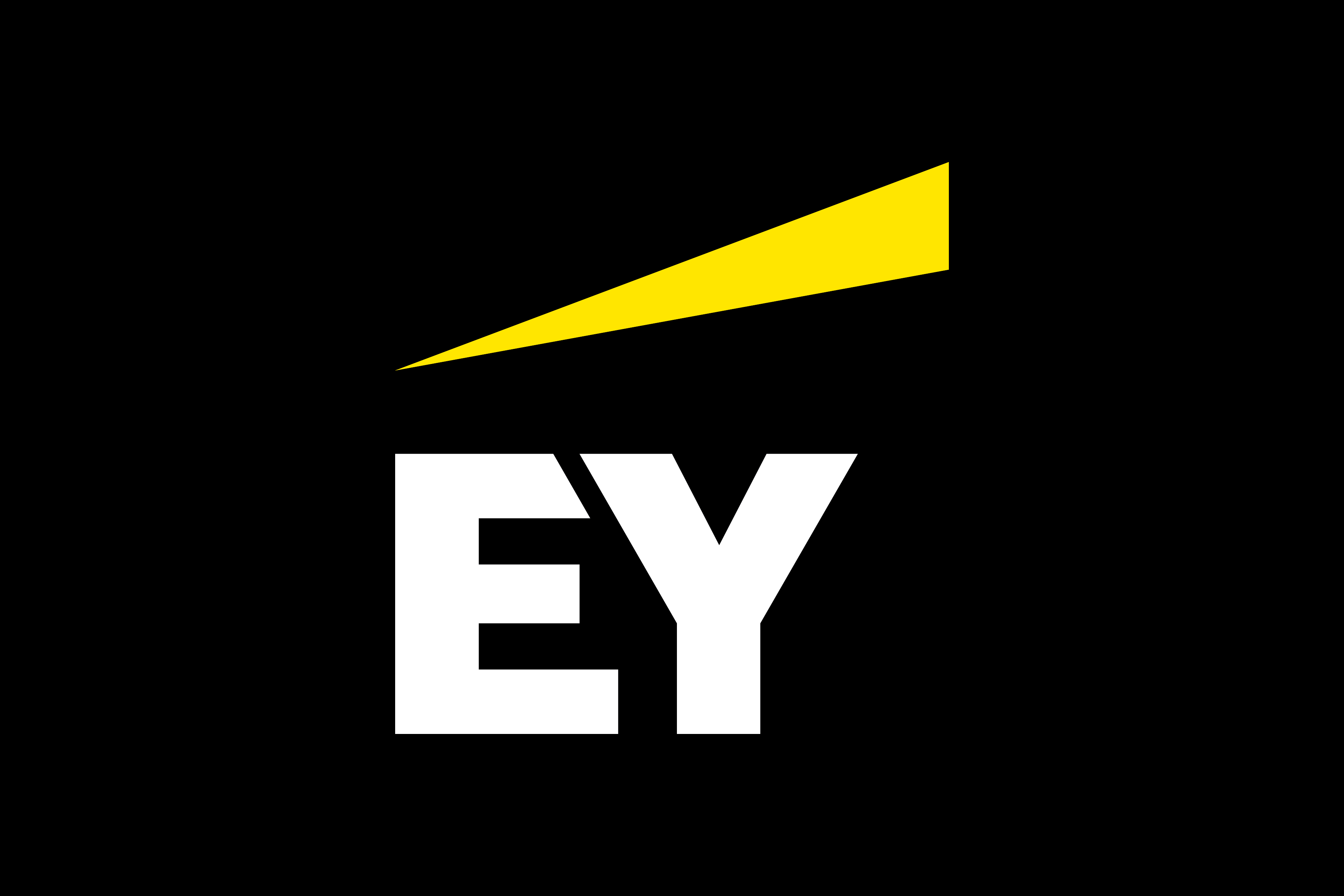EY refers to the global organization, and may refer to one or more, of the member firms of Ernst & Young Global Limited, each of which is a separate legal entity. Ernst & Young Global Limited, a UK company limited by guarantee, does not provide services to clients.
How EY can help
-
Our indirect tax compliance service professionals can help you meet your compliance obligations and business goals around the world. Find out how.
Read more
Key e-invoicing changes under ViDA
One of the most notable changes is the mandatory adoption of e-invoicing across the EU. Member States will implement a standardized e-invoicing framework, replacing fragmented national systems. Businesses will need to issue structured e-invoices in a machine-readable format, aligned with the European Standard EN 16931. This will make e-invoices the default format for cross-border B2B transactions within the EU, replacing paper and unstructured PDFs.
Additionally, Member States will no longer require prior approval for businesses to issue e-invoices, streamlining the process. A harmonized EU-wide format will ensure interoperability, reducing the need for businesses to adapt to different national standards. E-invoices will be directly linked to the new Digital Reporting Requirements (DRR), allowing tax authorities to receive transaction data in near real-time.
The current recapitulative statements (EC Sales Lists) will be replaced by near real-time digital reporting. Businesses will have to submit transaction data within 10 days to tax authorities. This will enhance VAT collection efficiency and help combat fraud by providing tax authorities with faster access to transaction data.
Unlike today, businesses will not need approval from tax authorities to issue e-invoices. This simplifies adoption and reduces administrative burdens, making e-invoicing more accessible across all Member States.






